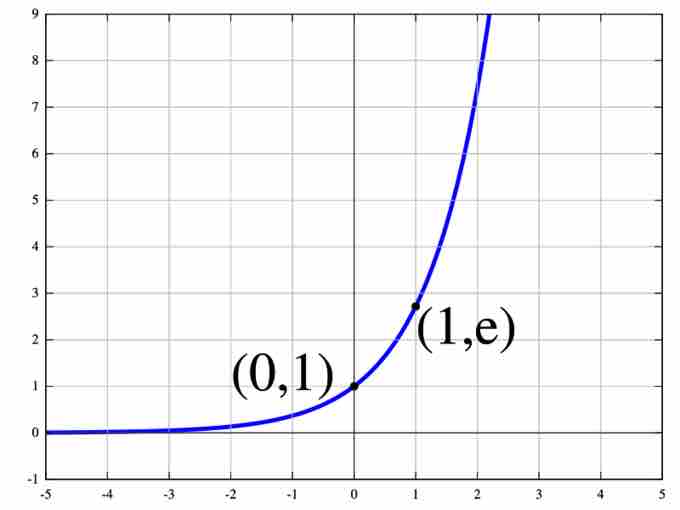Here we consider differentiation of natural exponential functions.

Exponential Function
The natural exponential function
First, we determine the derivative of
Then we apply some basic algebra with powers:
Since
The limit can then be calculated using L'Hôpital's rule:
Now we have proven the following rule:
Now that we have derived a specific case, let us extend things to the general case of exponential function. Assuming that
Since we have already determined the derivative of
Now, we simply apply the chain rule:
Derivative of the exponential function:
Here we consider integration of natural exponential function. Note that the exponential function
Let's consider the example of